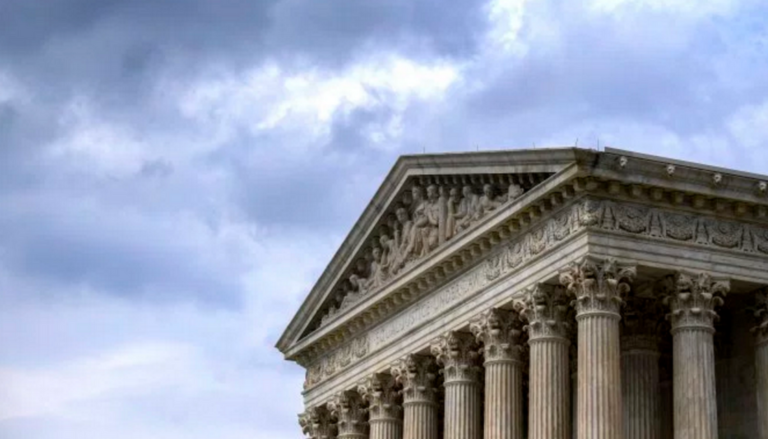
In March, the U.S. Supreme Court ruled that maps drawn by Alabama lawmakers distorted the requirements of the Voting Rights Act by packing African Americans into a small number of districts. Today, the Court pointed to that decision and ordered the NC Supreme Court to reconsider a challenge to the maps drawn by the Republican-controlled General Assembly for congressional and state legislative districts.
Democracy North Carolina is one of the plaintiffs challenging these maps. We applaud this decision as an important step in overturning the biased redistricting plans that aggressively promote segregation in order to help a partisan political agenda.